 It's a public speaker's worst nightmare. You spent hours crafting and preparing your message. You targeted the message to the right audience. You're waiting in the wings as you listen to the speaker right before you. And then it happens.
The presenter says in the opening what you were going to say. And that's followed up with a similar statistic that you planned to cite. What's a presenter supposed to do?
It's a public speaker's worst nightmare. You spent hours crafting and preparing your message. You targeted the message to the right audience. You're waiting in the wings as you listen to the speaker right before you. And then it happens.
The presenter says in the opening what you were going to say. And that's followed up with a similar statistic that you planned to cite. What's a presenter supposed to do?
This happened to a friend of mine a few years ago. He was speaking at a conference. His presentation was scheduled for day two. He arrived the day before and decided in sit in and listen to some of the presentations. It was a good thing he did! To his amazement, one of the early speakers started speaking about the same sports hero that my friend planned to talk about. And the quotes and statistics were similar. He panicked as he felt all his hard work going down the drain.
Fortunately,time was on his side. He left the meeting, rushed back to his room and started rewriting his speech. The presentation was a success but not without a lot of angst. He learned two important lessons:
Arrive at the conference early and listen to the other speeches. Tell your own stories. Nobody can duplicate what is unique to you.
A similar experience happened to me. I was invited along with two other women to give a 5 minute presentation for a fundraiser. The first woman was the founder of the charity and her talk clearly didn't compete with mine. The second speaker was from the medical field so I didn't expect there would be any overlap. Was I wrong!
As she started talking about her topic, she mentioned the same fact I had planned to cite. And then she followed up with a statistic that was similar to mine. I kept a poker face but inside my jaw was dropping. My mind was racing. It was too late to change my opening so instead of resisting it I included it. I stepped up to the platform and led with my original opening line. Then I said, "As the first speaker said, it's important to ...." It worked. An audience needs to hear a message more than once so I reiterated the value of what she said as I transitioned to my prepared tips.
My learning? If two speakers are presenting on the same topic but from different disciplines, it's important to talk to each other. If a scientist and artist are talking about communication, their perspectives may be different. But it doesn't mean they won't come up with a similar quote, anecdote, or metaphor.
At some point, a presenter may unintentionally step on your lines It could be a co-worker at a meeting, or during a major presentation. To prevent someone from stepping on your lines,
- Arrive early to the meeting and listen to the presenters on the agenda.
- Tell your own stories.Nobody has your personal experience.
- When speaking on the same topic, call the other presenters to ensure there is little overlap.
- If somebody does use your line, either delete it or include it by crediting the other speaker.
Use these tips and you'll be able to step up instead of being stepped on.


 Love Story was a popular move in 1970. It starred Ryan O'Neill and Ali McGraw. In one scene they have a fight and go their separate ways. O'Neill finds McGraw after he cools off and apologizes for the fight. She stops him and says through her tears, "Love means never having to say you're sorry." I don't know if most people in conflict would agree with that.
What people may agree with is the overuse of the word "Sorry" in the workplace. This is especially prevalent among women. When I speak to organizations about
Love Story was a popular move in 1970. It starred Ryan O'Neill and Ali McGraw. In one scene they have a fight and go their separate ways. O'Neill finds McGraw after he cools off and apologizes for the fight. She stops him and says through her tears, "Love means never having to say you're sorry." I don't know if most people in conflict would agree with that.
What people may agree with is the overuse of the word "Sorry" in the workplace. This is especially prevalent among women. When I speak to organizations about  What's the one word that's the kiss of death for most presentations? No, it's not BORING. Boring is the outcome.
What makes a presentation boring?
What's the one word that's the kiss of death for most presentations? No, it's not BORING. Boring is the outcome.
What makes a presentation boring? How is
How is 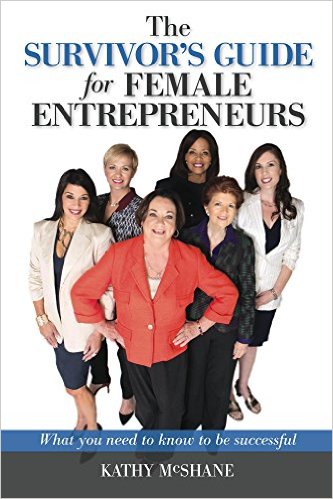 First Impressions impact all pubic speaking and communication. Read about First Impressions in an Excerpt from The Survivor’s Guide for Female Entrepreneurs, by Guest Blogger
First Impressions impact all pubic speaking and communication. Read about First Impressions in an Excerpt from The Survivor’s Guide for Female Entrepreneurs, by Guest Blogger  Fear of speaking
Fear of speaking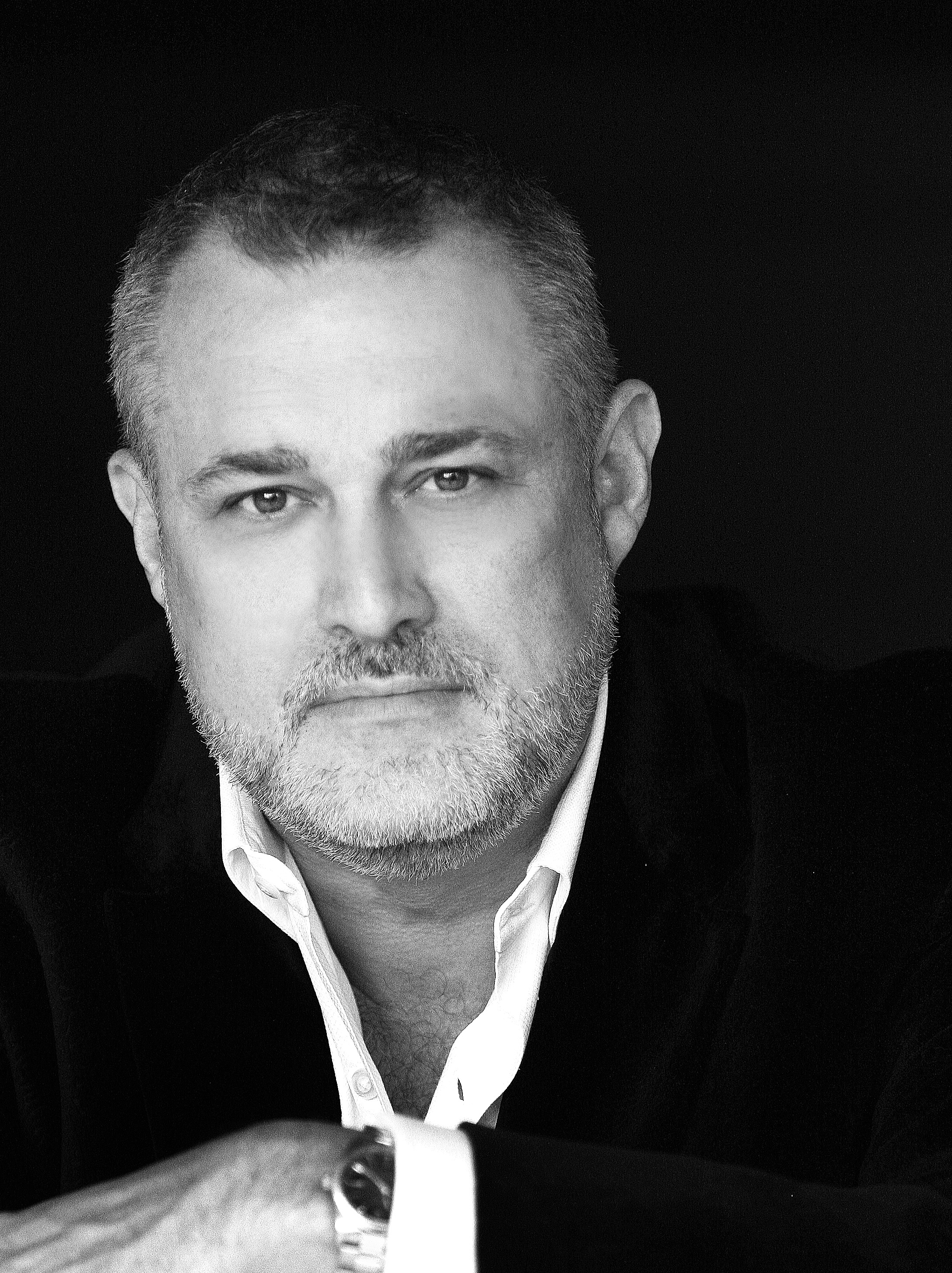 I'm honored to have Jeffrey Hayzlett as a guest blogger.
Whether in life, or in business, there’s no cookie-cutter, surefire way to achieve success, no one plan you have to follow. We all carve our own niche, create our own success, but there are some things all successful entrepreneurs have in common: they
I'm honored to have Jeffrey Hayzlett as a guest blogger.
Whether in life, or in business, there’s no cookie-cutter, surefire way to achieve success, no one plan you have to follow. We all carve our own niche, create our own success, but there are some things all successful entrepreneurs have in common: they 
 Did you ever wonder if there was an Aladdin's Lamp for
Did you ever wonder if there was an Aladdin's Lamp for 
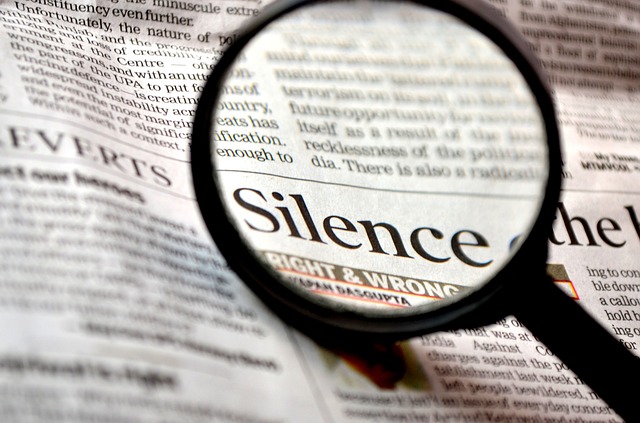 Have you ever made an impact without saying a word? I remember how my father could stop me dead in my tracks with one look. You may have experienced "that look." It meant "Don't even try it. I mean business."
But how do you do that when speaking in public?
Have you ever made an impact without saying a word? I remember how my father could stop me dead in my tracks with one look. You may have experienced "that look." It meant "Don't even try it. I mean business."
But how do you do that when speaking in public?

 Whether you’re a solopreneur or an INC 5000 CEO on the fast track, your ability to present yourself, your company, and your value, will determine the trajectory of your business
Here are three
Whether you’re a solopreneur or an INC 5000 CEO on the fast track, your ability to present yourself, your company, and your value, will determine the trajectory of your business
Here are three 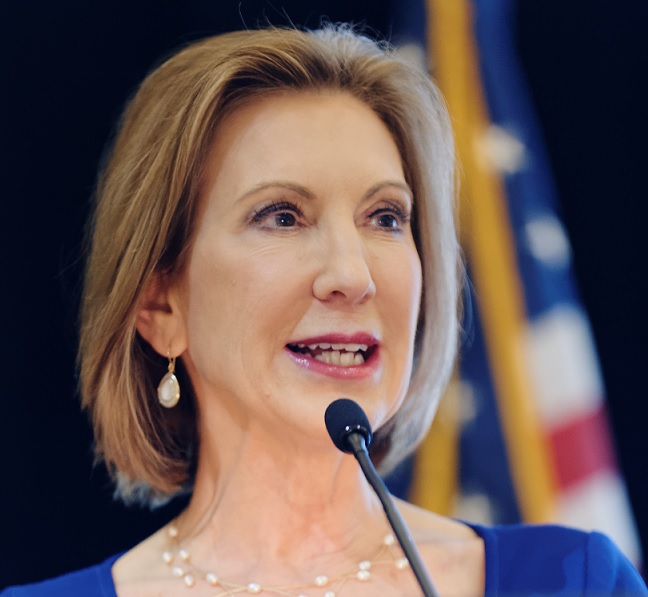

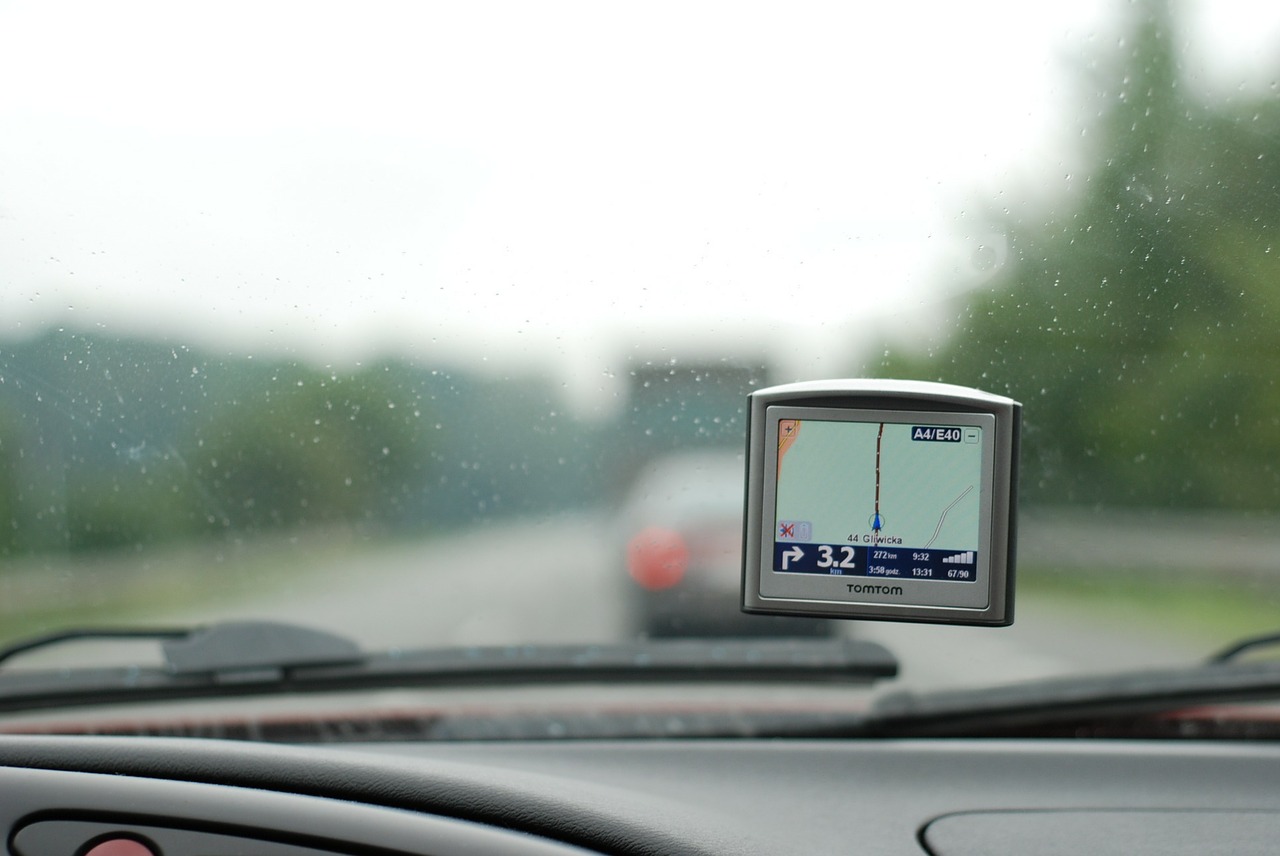 Whether you are a
Whether you are a  What if this happened to you? You prepare a presentation, and then the public speaker before you uses up all the time. What if you only had 6 seconds? Would you give a presentation or would you pick up your marbles and go home?
The public speaking game has changed.The digital age requires speed,
What if this happened to you? You prepare a presentation, and then the public speaker before you uses up all the time. What if you only had 6 seconds? Would you give a presentation or would you pick up your marbles and go home?
The public speaking game has changed.The digital age requires speed, 
 Are you a perfectionist? Get over it. It's killing your presentation. In every
Are you a perfectionist? Get over it. It's killing your presentation. In every 
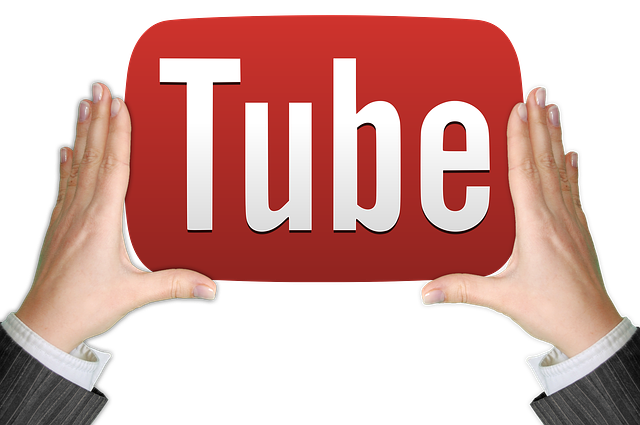 Anthrax isn't the only bacteria we need to worry about. There's a vocal virus that is sweeping the nation.
In the last few days, I've been getting more responses to a video on
Anthrax isn't the only bacteria we need to worry about. There's a vocal virus that is sweeping the nation.
In the last few days, I've been getting more responses to a video on